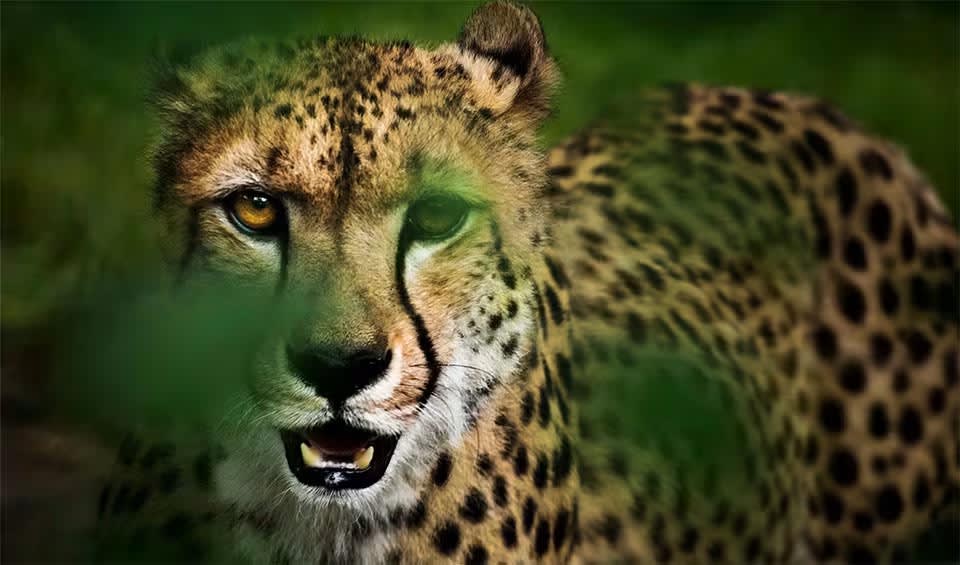One of the most fascinating and intelligent monkeys found in South America, particularly in the dry forests and savannas of Brazil. What makes it stand out from other capuchin monkeys is its remarkable tool use—a behavior once thought to be mostly limited to humans and great apes. These clever primates are known to crack open hard palm nuts using rocks, placing the nut on a flat “anvil” and smashing it with a carefully selected stone. This complex behavior involves patience, planning, and even teaching, which makes the black-striped capuchin one of the most skilled tool users in the animal kingdom.
Physically, black-striped capuchins are easy to recognize. They have a stocky build, with a thick patch of darker fur along their backs, forming the signature black “stripes” that give them their name. Their fur is usually brownish or golden, and they have a dark patch of fur around the face, often with what looks like a little beard, giving them a thoughtful or even wise appearance. Compared to other members of the Sapajus genus, they tend to have shorter limbs and a more robust body, adaptations that help them thrive on the ground as well as in trees. While most capuchins prefer dense rainforest canopies, black-striped capuchins are often found in more open habitats, like the Cerrado (a Brazilian tropical savanna), where they spend plenty of time on the forest floor searching for food.
These monkeys have been observed using sticks to dig for food, inserting twigs to fish out insects, and even using leaves as sponges to drink water from tree holes. They also engage in playful behavior, such as rolling stones down slopes or chasing one another with sticks, suggesting they may have a sense of fun. Their ability to adapt to different environments, solve problems, and interact socially makes them one of the most intelligent New World monkeys.
Distribution
 Brazil
BrazilAnything we've missed?
Help us improve this page by suggesting edits. Glory never dies!
Suggest an editGet to know me
Terrestrial / Aquatic
Altricial / Precocial
Polygamous / Monogamous
Dimorphic (size) / Monomorphic
Active: Diurnal / Nocturnal
Social behavior: Solitary / Pack / Group
Diet: Carnivore / Herbivore / Omnivore / Piscivorous / Insectivore
Migratory: Yes / No
Domesticated: Yes / No
Dangerous: Yes / No




